Student Union
UPDATE: Millennials Choose Clinton, But Not Enough Vote
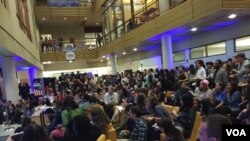
Results show that voter turnout in America was down in Election 2016.
And while Millennials nearly blanketed the voting map for Democratic candidate Hillary Clinton, there weren't enough of them to overtake Baby Boomer voters for President-Elect Donald Trump.
America's largest generation, Millennials, voted for Clinton. Millennials are people who were ages 18 to 34 in 2015.
But President-elect Donald Trump won two significant age groups: 65 and older with 53 percent to Hillary Clinton's 45 percent, and 45 to 64 year olds with 53 percent to Clinton's 44 percent, according to exit polls. This means a large majority of Baby Boomers, America's second-largest generation, voted for Trump.
Baby Boomers are defined as people between the ages of 51-69.
This map from Survey Monkey shows the extent of Millennial voting for Clinton.
However, a deeper look into Millennial voting shows a move toward Trump that would not be predicted from looking at earlier data. Clinton managed to get 5 percentage points less from the 18- to 29-year-old voting block than Obama garnered in 2012.
We do not know the exact turnout numbers of Millennials yet, as votes are still being counted, but the youth vote declined from 51 percent in 2008, to 45 percent in 2012, according to The Center for Information and Research on Civic Learning and Engagement.
What could have caused voter apathy among Millennials?
One common theme was the race was a choice between a lesser of two evils.
Millennials could've been compelled to stay home instead of vote in an election they don't believe in, or feel disenfranchised from. The Guardian talked to voters in Nevada who said they "don't like this election," and were weighing if they would vote or not.
In a Harvard Poll of Millennials recently, that age group expressed fear about the future. "Everything seems out of control, and our politicians care more about themselves than doing the right thing for all Americans. We're extremely divided, and very few seem to have any interest in trying to unite us," said one respondent.
Lack of faith in the future is also a possible factor in turnout. Fortune reported that "After decades of failed wars and economic policies that have exacerbated income inequality and left half of all millennials living paycheck to paycheck, millennials have lost faith in our political system to solve their problems."
It is also simply harder to vote as a young adult, as Millennials are mobile, moving from school to work. "If politicians want more young people voting, they can find ways to encourage it," said the Washington Post. Making it easier to obtain an absentee ballot, or automatic voter registration, might offer more benefits than costs.
Trump will be inaugurated on January 20, 2017. Protests by Millennials and other young Americans are erupting in large cities nationwide.
See all News Updates of the Day
Tips for staying safe while studying in the US
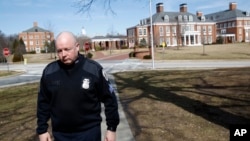
Recent news events have raised safety concerns among some international students studying in the United States.
Adarsh Khandelwal, writing in the India Times, has tips for staying safe from the moment you arrive until the day you complete your studies. (March 2024)
Some colleges are making digital literacy classes mandatory

A 2019 study by Stanford found that most college students can’t tell the difference between real and fake news articles. Amid rampant online disinformation, and the threat of AI-generated images, some schools are making students learn “digital literacy” to graduate.
Lauren Coffeey reports for Inside Higher Ed. (March 2024)
With federal student aid delays, students aren’t sure what college will cost
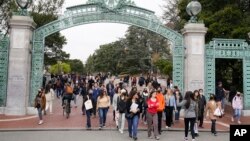
The U.S. Department of Education’s federal student aid form (FAFSA) experienced serious glitches and delays this year.
Now, many students have been admitted to college, but don’t know how much money they’ll need to attend.
Read the story from Susan Svrluga and Danielle Douglas-Gabriel for The Washington Post. (March 2024)
Senator draws attention to universities that haven’t returned remains
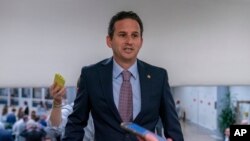
More than 70 U.S. universities continue to hold human remains taken from Native American burial sites, although those remains were supposed to be returned 30 years ago.
Jennifer Bendery writes in Huffington Post that one senator has been using his position in an attempt to shame universities into returning remains and artifacts. (April 2024)
COVID forced one international student to go hungry
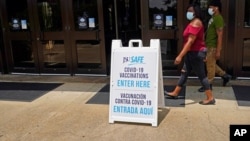
When Samantha (not her real name) enrolled in community college in the U.S., her family at home in South Africa scrimped and saved to support her.
But the COVID-19 pandemic hurt the family’s finances, and at one point Samantha had four on-campus jobs just to make ends meet. Many in the U.S. believe international students are wealthy sources of funding for universities, but stories like Samantha’s suggest otherwise.
Andrea Gutierrez reports for The World. (March 2024)






